
Choose watermelon just look at this point, the fruit is sweet, thin skin, the whole family will praise it
Choosing Watermelons by Looking at the Color of the Field Spot
Observing the color at the bottom of a watermelon can tell you a lot about whether the fruit is sweet and ripe. This simple yet effective trick is widely used by farmers and fruit vendors to determine quality before cutting the fruit open.
Health Benefits of Watermelon
The bright red color of watermelon flesh comes from lycopene, a powerful antioxidant known for its impressive health benefits. According to WebMD, numerous studies have shown that lycopene may help reduce the risk of cancer, type 2 diabetes, and other chronic conditions. Lycopene also has anti-inflammatory properties that support overall cellular health.
Interestingly, watermelon contains more lycopene than tomatoes, making it one of the best natural sources of this nutrient. If you want to increase your lycopene intake, choose watermelons with deep red flesh rather than those with orange or pale hues. Seedless watermelons also tend to have higher lycopene levels than seeded varieties.
In addition to lycopene, watermelon provides a natural form of sun protection. While it cannot replace sunscreen, consuming watermelon regularly may help reduce skin damage caused by UV rays and slow down the skin-aging process.
Watermelon is also rich in citrulline, an amino acid that promotes better blood flow, supports heart health, and may help lower blood pressure. The fruit is packed with vitamin A, which is essential for maintaining healthy vision, supporting immunity, and keeping the skin moisturized. It also contains vitamins C and B6, making watermelon a refreshing and nutritious choice on hot days.
Beyond hydration, the high water content in watermelon helps flush toxins out of the body, supports kidney function, and aids digestion. All these benefits make watermelon not only delicious but also a valuable addition to a healthy diet.
Tips for Choosing a Sweet, Ripe Watermelon
1. Check the Field Spot (the Bottom of the Watermelon)
The field spot is the area where the watermelon rested on the ground while growing. A high-quality watermelon typically has a creamy yellow or deep yellow-orange field spot. In some cases, it may even appear slightly brownish—this is a strong sign that the fruit is ripe and sweet.
If the field spot is white or very pale, the watermelon was harvested too early and will likely be less flavorful.
2. Look at the Stem, Top, and Navel of the Watermelon
After examining the bottom, flip the watermelon over to check the stem (or where the stem used to be). A good watermelon usually has a small, dry, curled stem that remains firmly attached. This indicates the fruit ripened naturally on the vine.
If the stem is still large, green, or stiff, the watermelon was picked too early and will need more time to ripen.
If the watermelon no longer has a stem, observe the top (blossom end) or navel.
-
For round watermelons: the deeper the indentation, the sweeter and more flavorful the fruit.
-
For oblong watermelons: the indentation should be moderate. A very deep one may indicate that the fruit is overripe, with mushy flesh inside.
3. Examine the Shape
The shape of a watermelon often depends on its variety. Generally:
-
Oblong (long) watermelons tend to be juicier and sweeter.
-
Round ones are usually crisp and firm.
However, some varieties naturally grow in only one shape, so this method is not always absolute. Still, perfectly symmetrical fruits—regardless of shape—are usually of better quality than those with unusual bumps or dents.
4. Inspect the Rind
Finally, look at the overall appearance of the rind. A ripe watermelon typically has:
-
A smooth, glossy surface
-
Bold and clearly defined stripes
-
A uniform pattern
If the rind is dark with shiny blackish tones, that is also a good indicator of ripeness. Check for brown webbing or sugar scars on the surface. These marks are caused by bees pollinating the flower; more pollination usually means the fruit developed more sweetness.
Avoid watermelons with soft spots, cracks, or dull, lifeless skin, as these may indicate internal damage or overripeness.
News in the same category


A Simple Trick to Make Your Air Conditioner Work Smarter
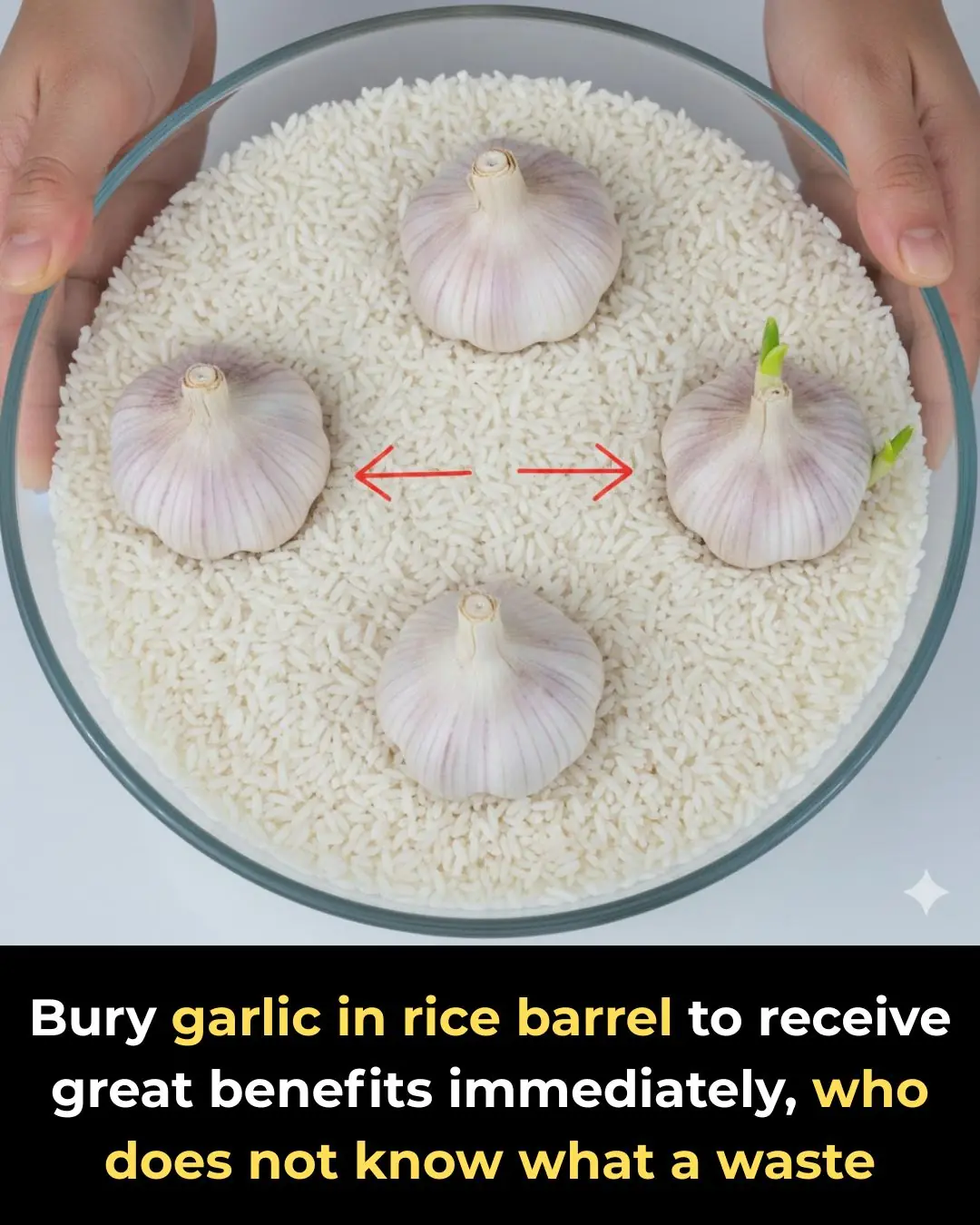
Bury Garlic in Your Rice Container for Amazing Benefits – Don’t Miss This Simple Trick

How to Fry Tofu to Golden Crisp Perfection Without Oil Splashes or Sticking

Don’t Wash a Moldy Wooden Cutting Board with Soap: Clean It Like New in Just 5 Minutes
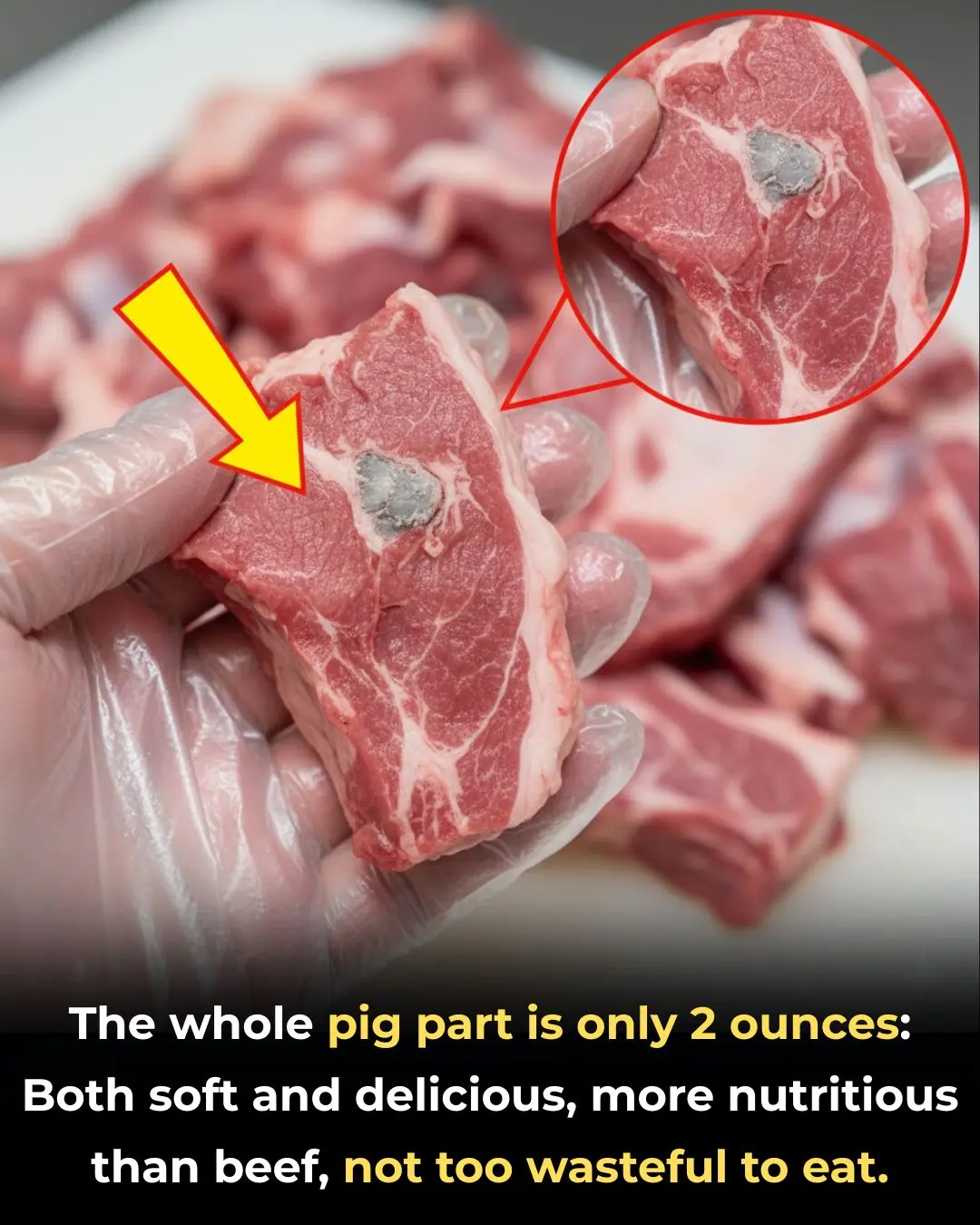
The Pork Cut That Only Weighs 200g: Tender, Delicious, and Even Healthier Than Beef

Placing a Plate of Salted Lemons by Your Bed: 5 Surprising Benefits Few People Know About

Throwing Away Coffee Grounds Is Like Throwing Away Money — Essential Uses Every Household Should Know
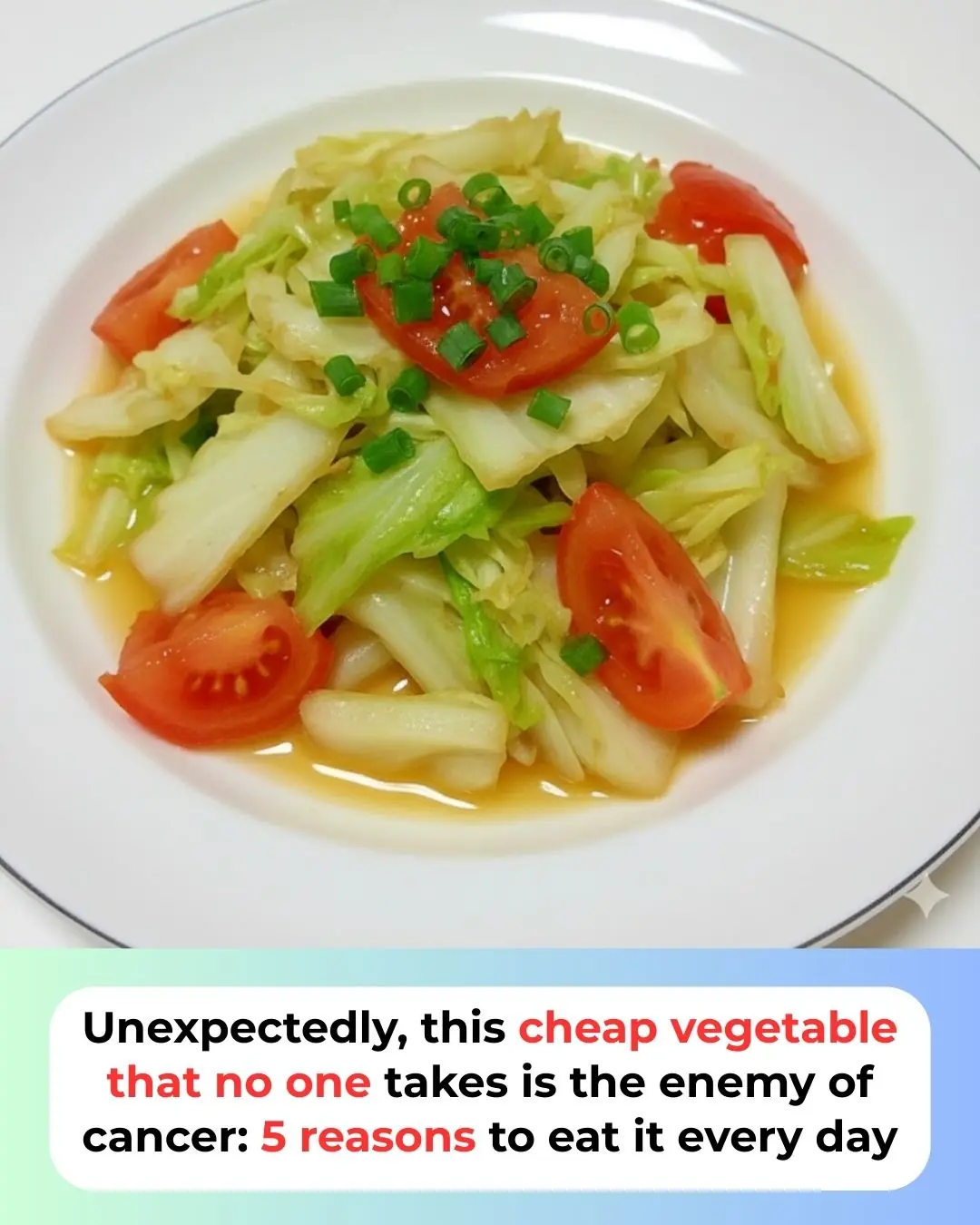
Unexpectedly, This Extremely Cheap Vegetable No One Values May Offer Powerful Health Benefits: 5 Reasons to Eat It Daily

6 Surprisingly Useful Functions of Your Phone’s Volume Buttons — You May Not Know Them All

You're doing it all wrong. Here’s the right way to prevent winter mold

Here’s the right way to keep indoor air fresh in winter

Soak face towels and bath towels with this powder, the musty smell disappears, kills all bacteria, and leaves no sticky residue.
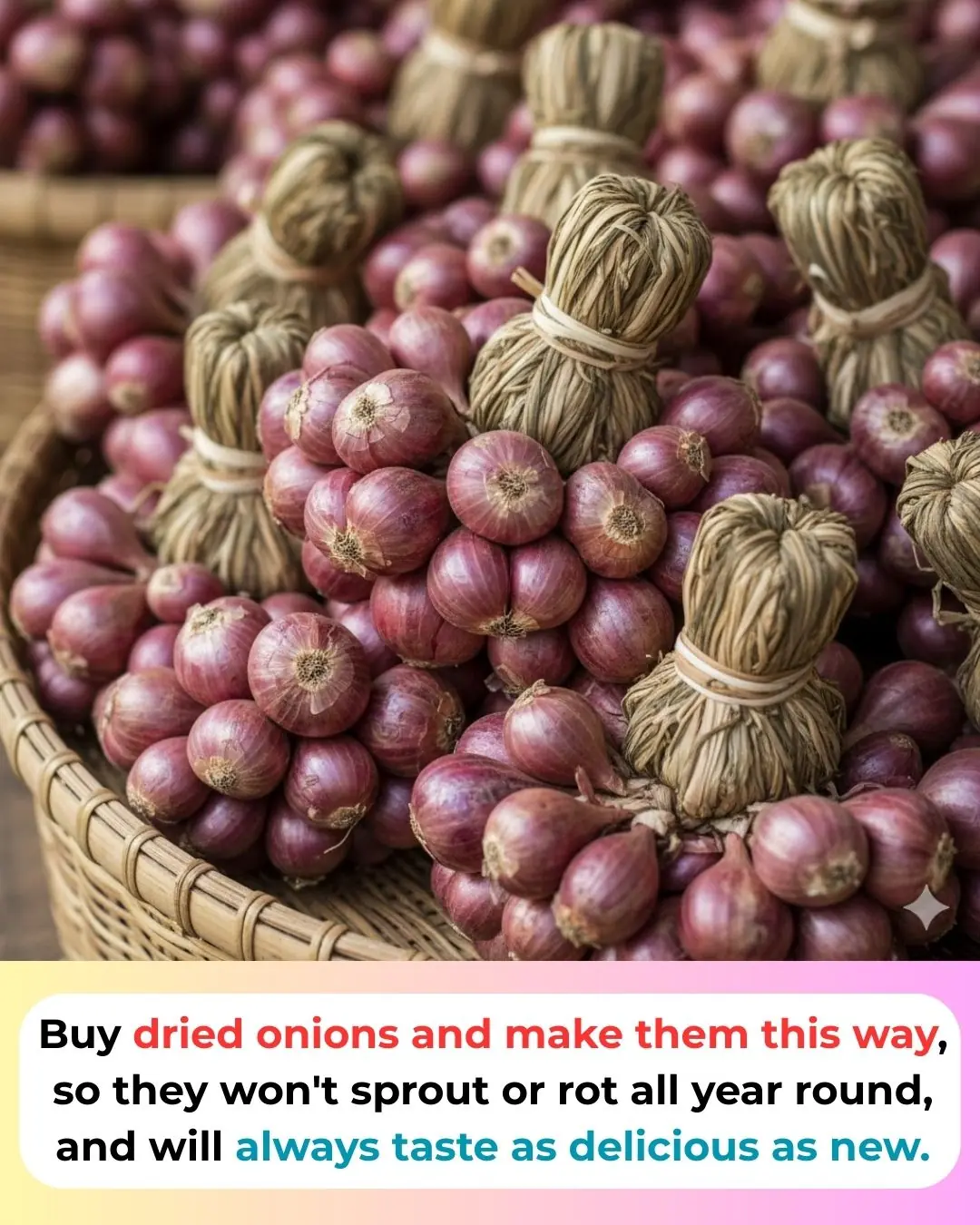
Buy dried onions and make them this way, so they won't sprout or rot all year round, and will always taste as delicious as new.

Cloudy bone broth: Drop this in and it will be crystal clear and sweet without MSG.

How to use a fan to make the room cool like turning on the air conditioner: Using it for a long time, you may not know for sure
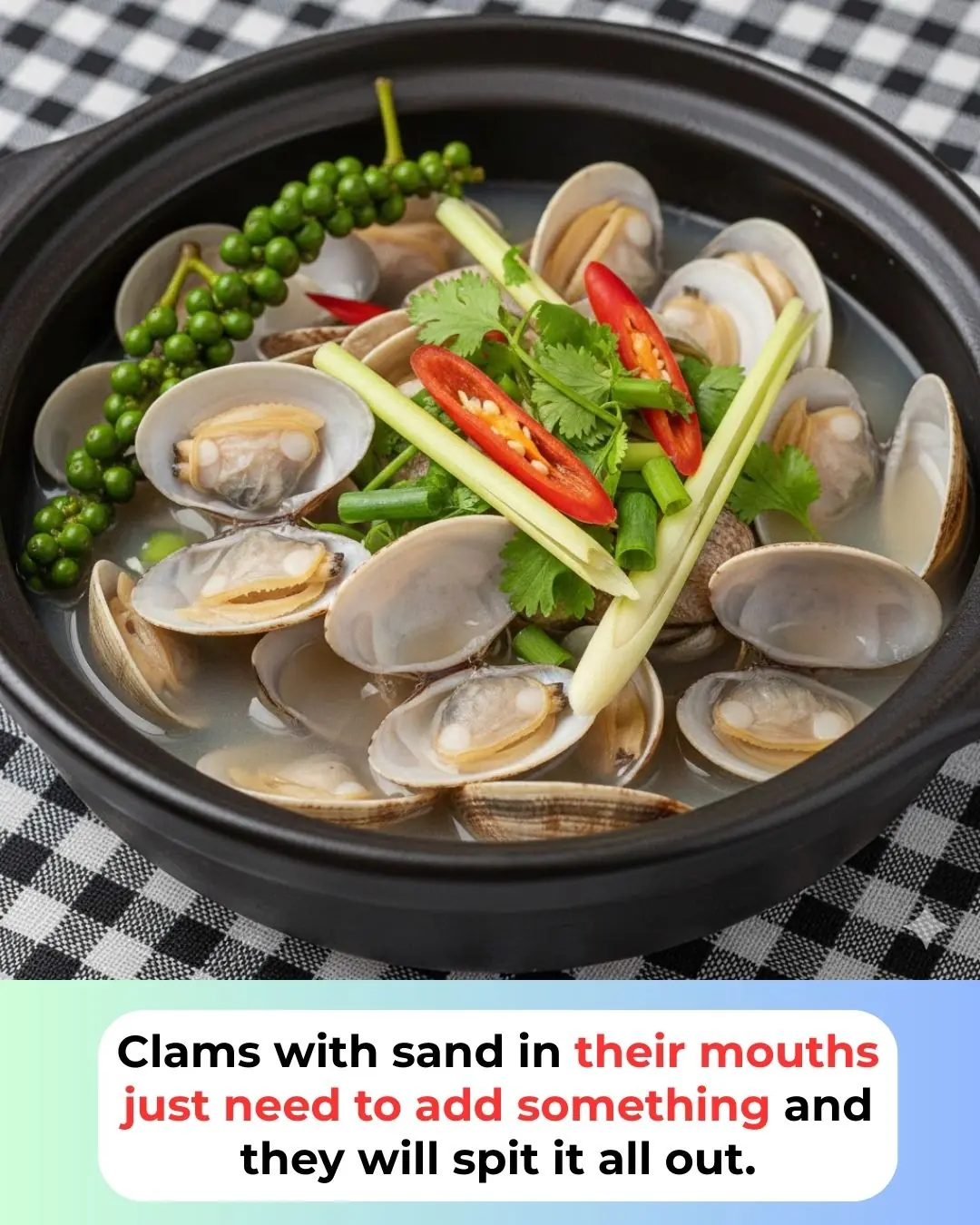
Clams with sand in their mouths just need to add something and they will spit it all out.
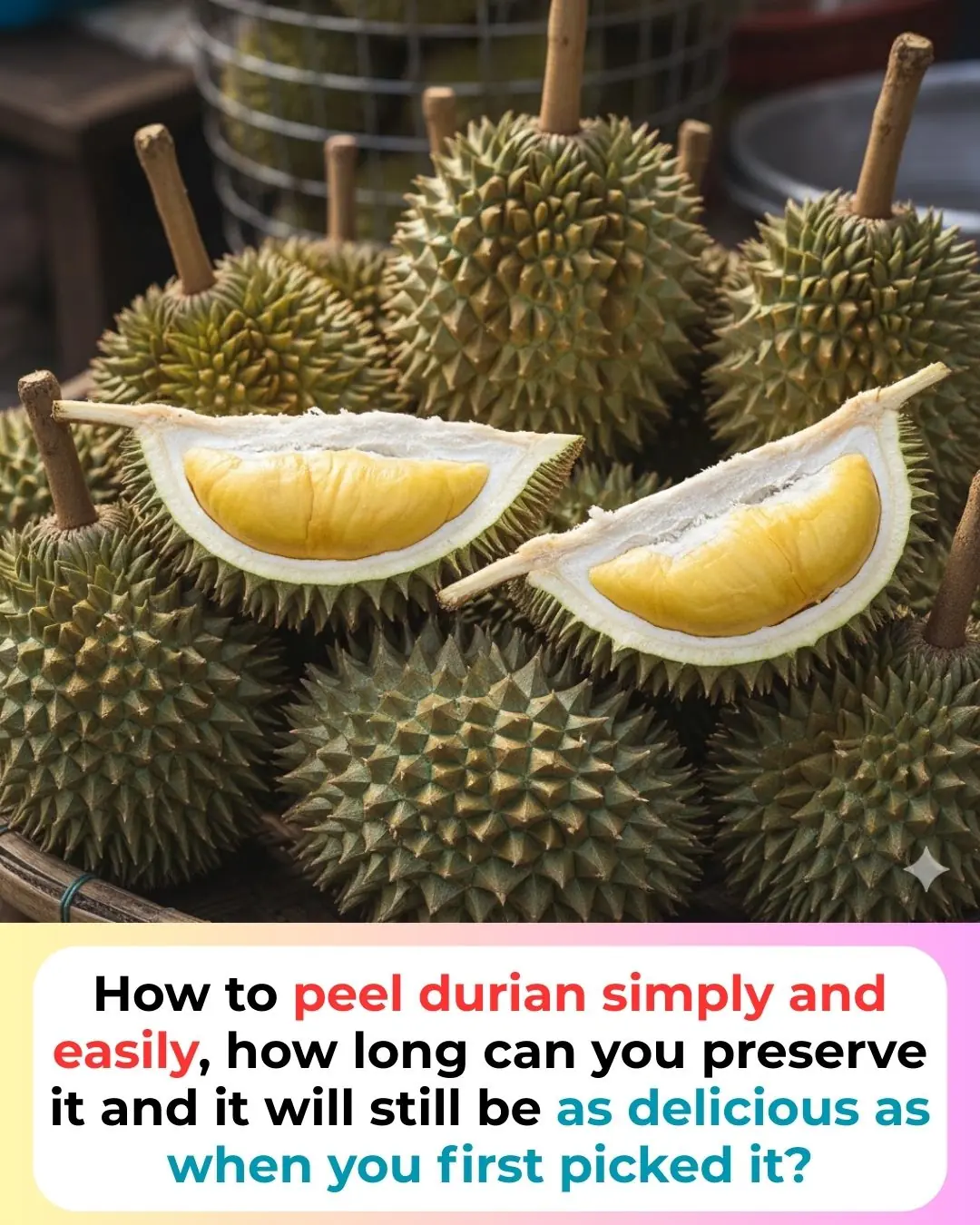
How to peel durian simply and easily, how long can you preserve it and it will still be as delicious as when you first picked it?
News Post

Injectable Gel Breakthrough Brings New Hope for Nerve Regeneration

Why Boiled Eggs Deserve a Spot on Your Breakfast Table

Goodbye Synthetic Dyes: Doritos Join the Push for Cleaner, Transparent Ingredients

Breakthrough Research Suggests Kidney Damage May Be Reversible After All

How Intermittent Fasting Protects the Heart: New Evidence on Blood Clots and Cardiovascular Health

New Evidence Links Hepatitis C to Brain Pathways in Mental Illness

ITV breaks silence as Celebrity Big Brother is ‘axed from ITV schedule’

Peter Andre teases ‘special’ project with wife Emily: ‘We are having exciting meetings’

🚫 When to Avoid Ginger — 6 Medical Conditions That May Be Affected

What Happens to Your Body When You Eat Canned Tuna Every Day

I’m A Celebrity star Kelly Brook’s husband reveals when he’s flying out to Australia

Kris Jenner shows support for Meghan Markle weeks after Kardashians photo scandal

Inside Angry Ginge’s ‘bromance’ with Angry Ginge – how they met; ‘going to war’ over diss track; huge ‘risk’ that ‘paid off’

Ant McPartlin’s tattoos explained – tribute to wife Anne-Marie; uproar over ‘missing’ family member; nod to his recovery

Emmerdale disaster incoming: Bear’s fate ‘sealed’ as Joshua Richards makes devastating admission
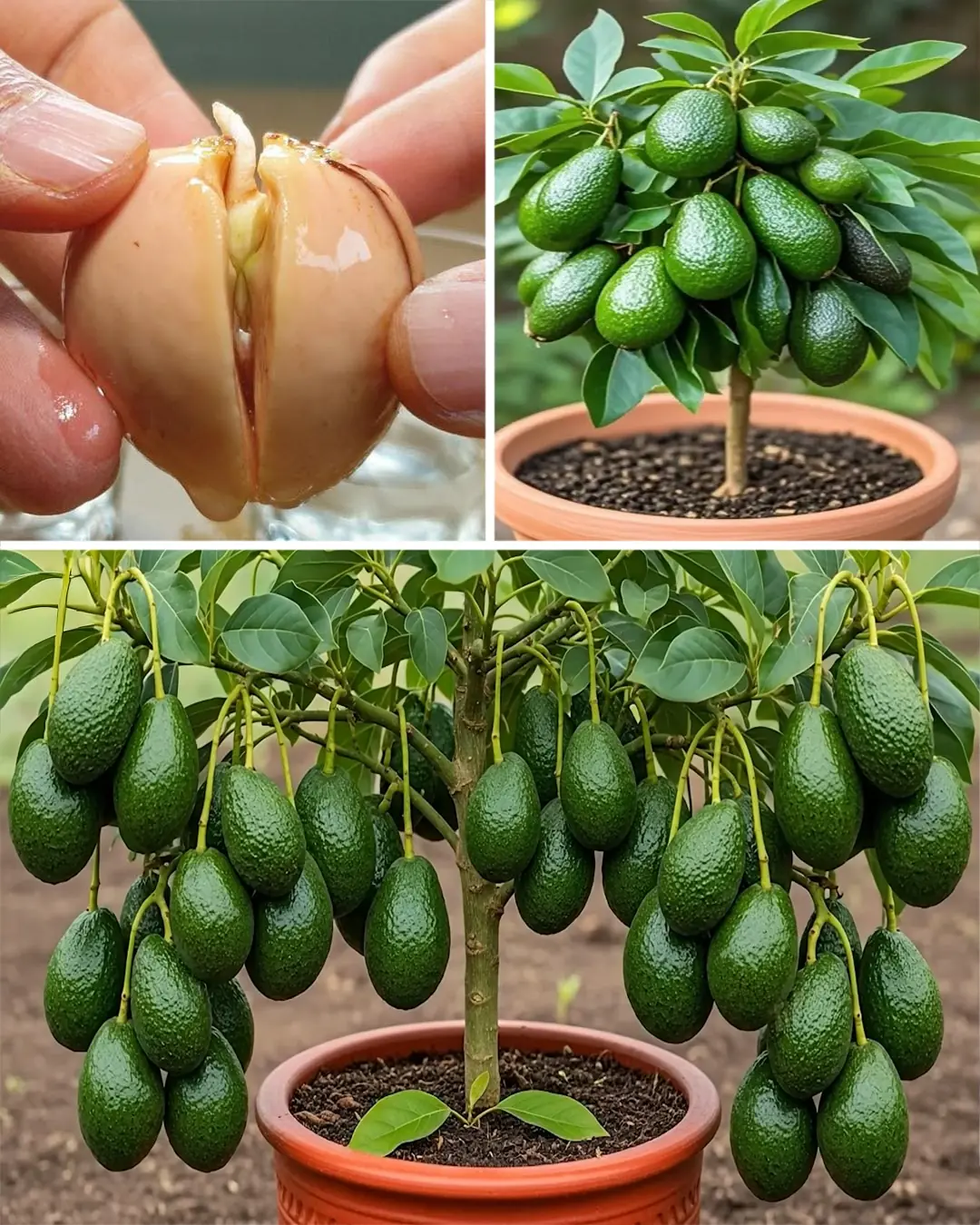
How Do Farmers Grow Avocado Trees

Robron plot Kev’s downfall – but Emmerdale fans declare they ‘love him’

If You See a Woman Wearing a Wedding Ring On Her Pinky, Here's What It Means

2-Minute Painless Hair Removal: Natural At-Home Solution
